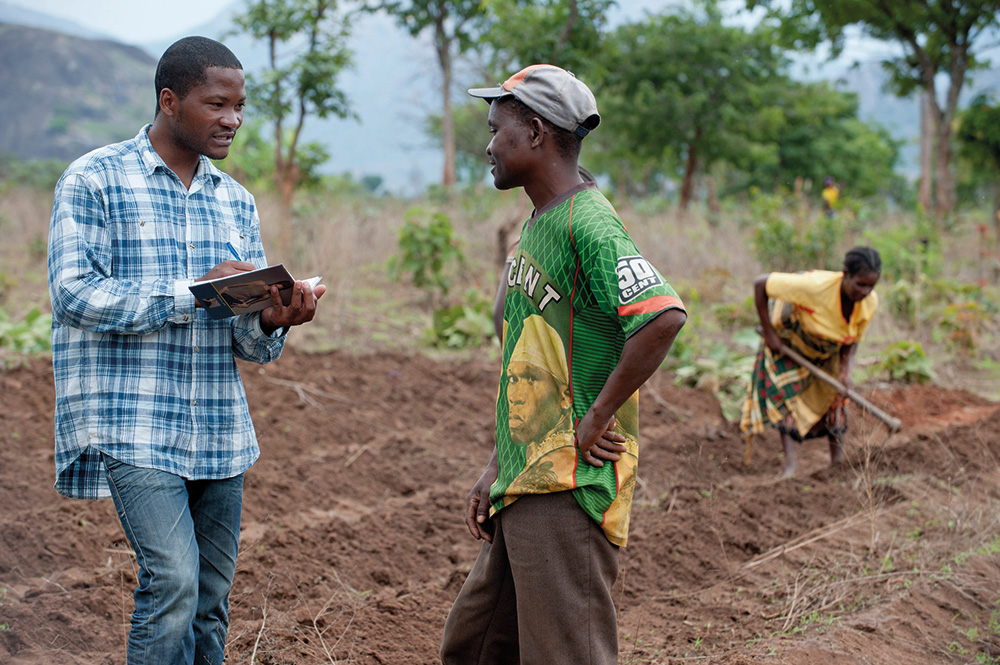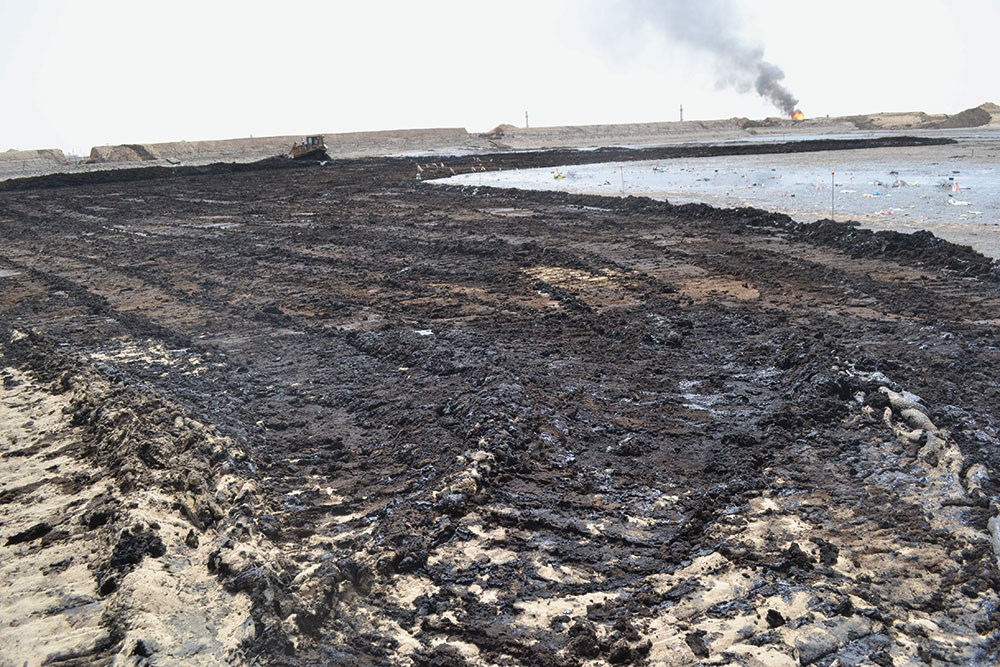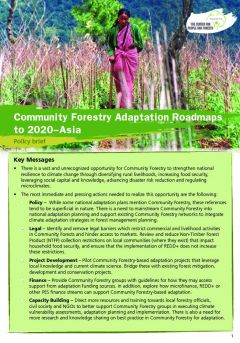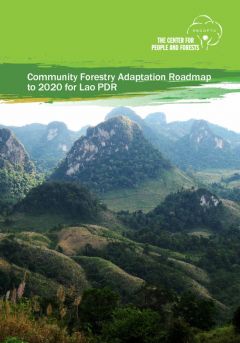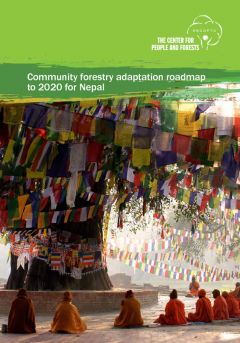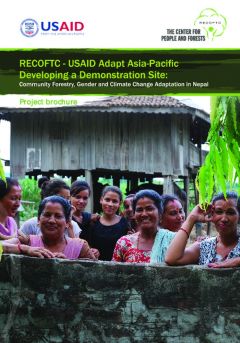Urban Infrastructure Investment and Rent-Capture Potentials
In a context of rapid urbanization and
energy transition, massive investments will be required to
develop efficient public transport networks. Capturing the
increase in land value caused by transport infrastructure
(for example, through a betterment tax) appears a promising
way to finance public transport. However, it is no trivial
task, as it is difficult to anticipate the rent creation.
This paper uses a simple city model based on urban economic


